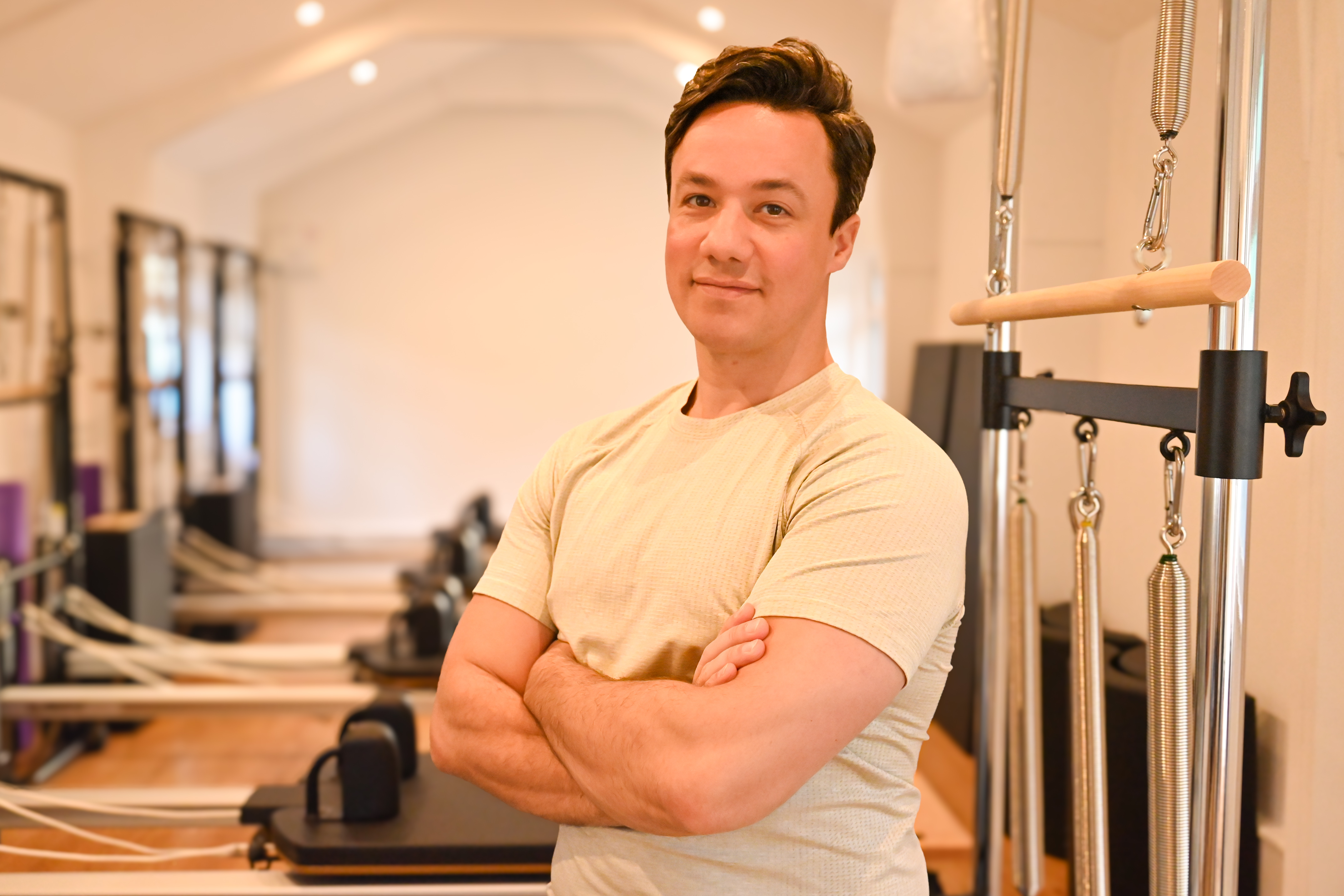Understanding Reformer Pilates: A Beginner's Guide
- Saulo

- Oct 7
- 4 min read
Reformer Pilates is a popular form of exercise that combines strength, flexibility, and balance training using a specialized piece of equipment called the reformer. It offers a low-impact workout that can be tailored to all fitness levels, making it an excellent choice for beginners and experienced practitioners alike. This guide will walk you through the essentials of reformer Pilates, helping you understand its benefits, techniques, and how to get started.
What Are Reformer Pilates Basics?
Reformer Pilates uses a machine designed to provide resistance and support during exercises. The reformer consists of a sliding carriage, adjustable springs, ropes, and pulleys. This setup allows for a wide range of movements that target different muscle groups.
The basics of reformer Pilates include:
Controlled movements: Exercises are performed slowly and with precision to engage the core and improve muscle control.
Breath coordination: Proper breathing techniques enhance oxygen flow and help maintain focus.
Alignment and posture: Maintaining correct body alignment reduces injury risk and maximizes effectiveness.
Resistance training: Springs provide adjustable resistance, allowing you to increase or decrease the challenge.
For beginners, it is essential to learn the correct form and breathing patterns before progressing to more advanced exercises. Many studios offer introductory classes that focus on these fundamentals.

Benefits of Reformer Pilates for Beginners
Reformer Pilates offers numerous benefits that make it an ideal exercise choice for those new to fitness or looking to improve their physical health:
Improved core strength: The reformer targets deep abdominal muscles, which support the spine and improve posture.
Increased flexibility: The controlled stretching movements enhance muscle elasticity and joint mobility.
Enhanced balance and coordination: Exercises challenge stability, helping to develop better body awareness.
Low-impact workout: The reformer supports the body, reducing stress on joints and minimizing injury risk.
Rehabilitation support: It is often used in physical therapy to aid recovery from injuries.
For example, a beginner might start with simple leg presses and arm pulls on the reformer to build foundational strength. Over time, these exercises can be modified to increase difficulty and target different muscle groups.
If you are searching for a pilates studio near me, many offer beginner-friendly reformer Pilates classes with expert instructors who guide you through each step.

What is the 80/20 Rule in Pilates?
The 80/20 rule in Pilates is a principle that suggests focusing 80% of your effort on mastering the basics and 20% on advanced or complex movements. This approach ensures a strong foundation, which is crucial for safe and effective practice.
80% basics: Concentrate on core engagement, breathing, alignment, and fundamental exercises.
20% advanced: Gradually introduce more challenging moves as your strength and control improve.
This rule helps prevent injury and promotes long-term progress. For instance, spending most of your time perfecting the classic reformer exercises like footwork, leg circles, and arm work will build the strength and stability needed for more dynamic movements.
By adhering to the 80/20 rule, beginners can avoid frustration and develop confidence in their Pilates practice.
How to Prepare for Your First Reformer Pilates Class
Starting reformer Pilates can feel intimidating, but with the right preparation, you can make the most of your first class:
Wear comfortable clothing: Choose fitted, stretchy clothes that allow full range of motion.
Avoid heavy meals: Eat lightly before class to prevent discomfort during exercises.
Arrive early: Give yourself time to meet the instructor and get familiar with the equipment.
Communicate any injuries: Inform your instructor about any physical limitations or concerns.
Focus on breathing: Practice deep, controlled breaths to enhance your workout.
During the class, listen carefully to instructions and don’t hesitate to ask questions. The reformer’s adjustable springs and settings mean exercises can be tailored to your ability.
Many studios provide private or small group sessions for beginners, which can be a great way to build confidence and receive personalized guidance.

Tips for Progressing in Reformer Pilates
Once you have mastered the basics, you can start to challenge yourself and deepen your practice. Here are some tips to help you progress safely and effectively:
Increase resistance gradually: Add more springs or adjust settings to make exercises more challenging.
Focus on control: Maintain slow, deliberate movements to engage muscles fully.
Incorporate variety: Try different exercises to target all muscle groups and prevent boredom.
Practice regularly: Consistency is key to building strength and flexibility.
Use props: Incorporate Pilates rings, balls, or bands to add new dimensions to your workout.
Remember, progress in Pilates is about quality, not speed. Celebrate small improvements and listen to your body to avoid overexertion.
If you want to find a supportive environment to continue your reformer Pilates journey, consider searching for a pilates studio near me that offers progressive classes and expert coaching.
Reformer Pilates is a versatile and effective exercise method that can transform your fitness and wellbeing. By understanding the basics, following the 80/20 rule, and preparing properly for your classes, you can enjoy a safe and rewarding Pilates experience. Whether you are looking to improve core strength, flexibility, or overall body awareness, reformer Pilates offers a path to a healthier, more balanced you.



Comments